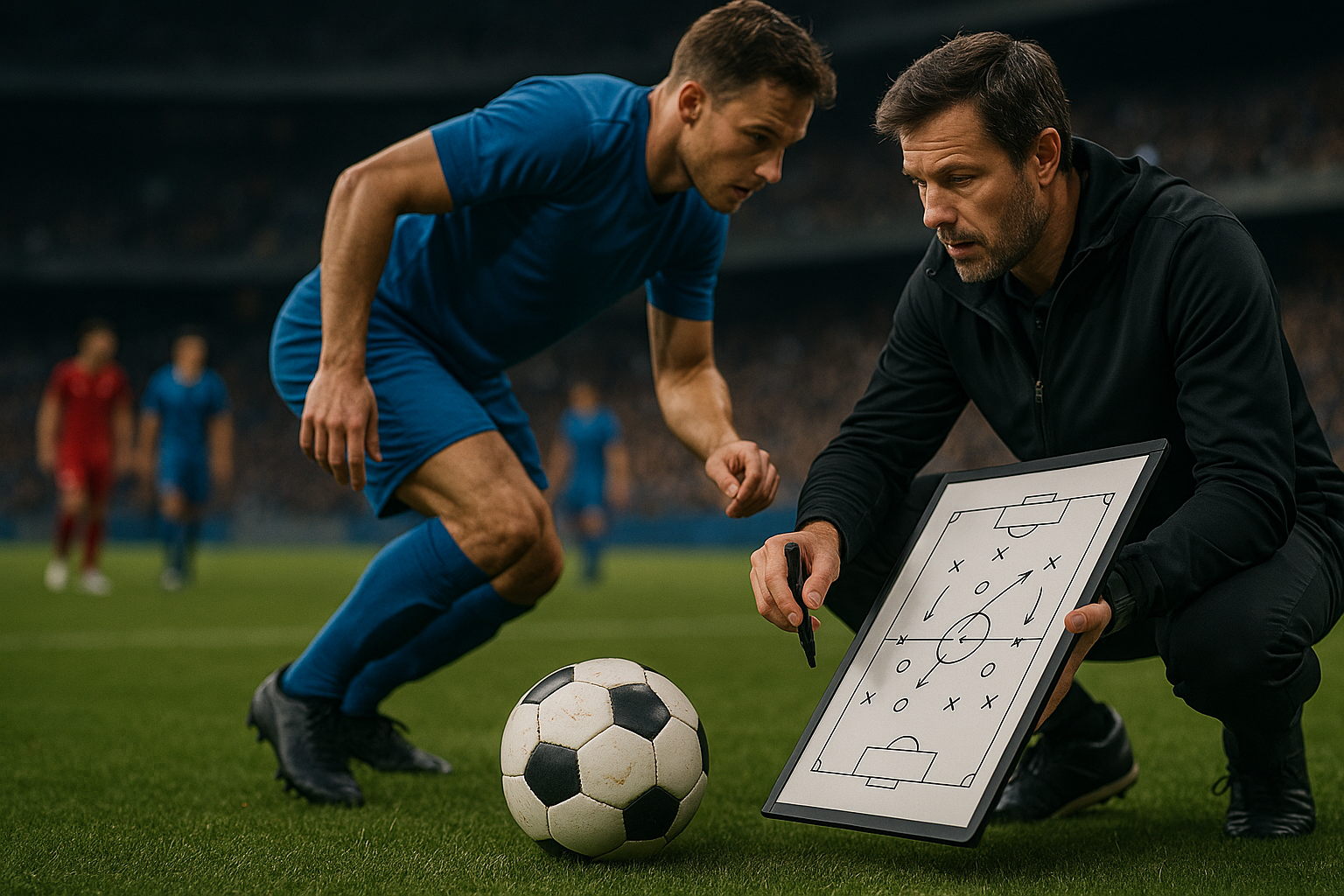Using Video Analysis to Refine Team Tactics
Video analysis has become a practical tool for teams aiming to refine tactical decisions, identify patterns, and support coaching choices. By breaking down match footage, staff can correlate player movement, positional data, and situational outcomes to improve training focus, manage injury risk, and enhance in-game adjustments across different competition levels.

Video analysis offers a structured way to translate on-field events into actionable tactical insights. Coaches and analysts can review full matches or specific sequences to see how opponents exploit space, how players react under pressure, and where small adjustments could change outcomes. When combined with other performance inputs — such as wearable analytics, conditioning tests, and athlete feedback — video becomes a central resource for shaping consistent team tactics and long-term planning.
How can analytics shape team tactics?
Analytics extracted from video — event tagging, heat maps, and pass networks — helps teams quantify tendencies and test tactical hypotheses. Rather than relying solely on intuition, coaches can use objective patterns to decide when to press, how to defend set pieces, or which formations maximize ball progression. Integrating video-derived data with statistical tools makes it easier to evaluate opponents and track whether tactical changes produce measurable improvements over time.
How does video inform athlete conditioning and mobility?
Video can reveal whether individual movement limitations affect collective tactics. For example, positional delays or restricted mobility may force teammates into compensatory roles that alter tactical balance. Reviewing footage alongside conditioning assessments allows strength and conditioning staff to design mobility or conditioning sessions that target deficits seen in match play, helping athletes maintain tactical responsibilities for longer periods during games.
How can training and periodization benefit from video?
Using game footage to guide training creates a direct bridge between tactical goals and daily practice. Video highlights expose recurring situations that need repetition, which supports periodization plans that sequence technical, tactical, and physical loads. By aligning sessions with observed match demands, coaches can prioritize drills that mirror real-game triggers, improving decision-making under fatigue and preserving tactical coherence across competition phases.
How does video help coaching decisions, recovery, and injury management?
Coaches can use video to monitor player load and tactical exposure that may contribute to injury risk, such as repeated high-impact duels or awkward landings. Collaboration between coaching, medical, and recovery staff is strengthened when visual evidence illustrates how injuries occurred or how recovery protocols translated into on-field performance. This shared reference supports informed return-to-play decisions and adjustments in training to reduce recurring issues.
How can video analysis support endurance, nutrition, and broader player care?
Footage helps quantify work-rates and substitution timing that relate to endurance demands; these insights inform both conditioning and nutrition strategies. If video shows declining work intensity in late stages, nutritionists and conditioning coaches can refine fueling plans, recovery routines, and in-session endurance training. Video also helps contextualize how tactical choices influence energy expenditure, enabling more individualized support for athletes.
Practical tools, tactics, and local services for implementation
Teams can start with basic tagging software and progress to integrated platforms that combine video, GPS, and event data. Local services and technology providers offer a range of support from on-site capture to cloud-based analytics and coaching dashboards, helping teams of varying budgets implement video workflows. Selecting tools that align with staff capabilities and tactical objectives often yields better adoption than adopting high-end systems without clear processes.
This article is for informational purposes only and should not be considered medical advice. Please consult a qualified healthcare professional for personalized guidance and treatment.
Conclusion When applied consistently, video analysis clarifies tactical problems, supports more targeted training and periodization, and connects coaching decisions with athlete conditioning, recovery, and nutrition planning. By making match behaviors visible and measurable, video helps teams iterate on tactics with evidence rather than guesswork, creating a more coherent pathway from practice to performance without relying on subjective recollection.





